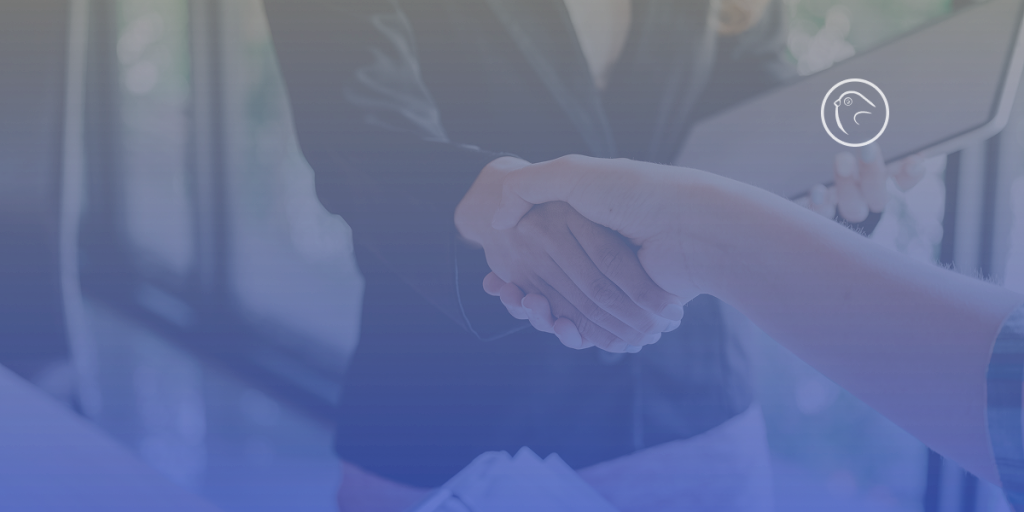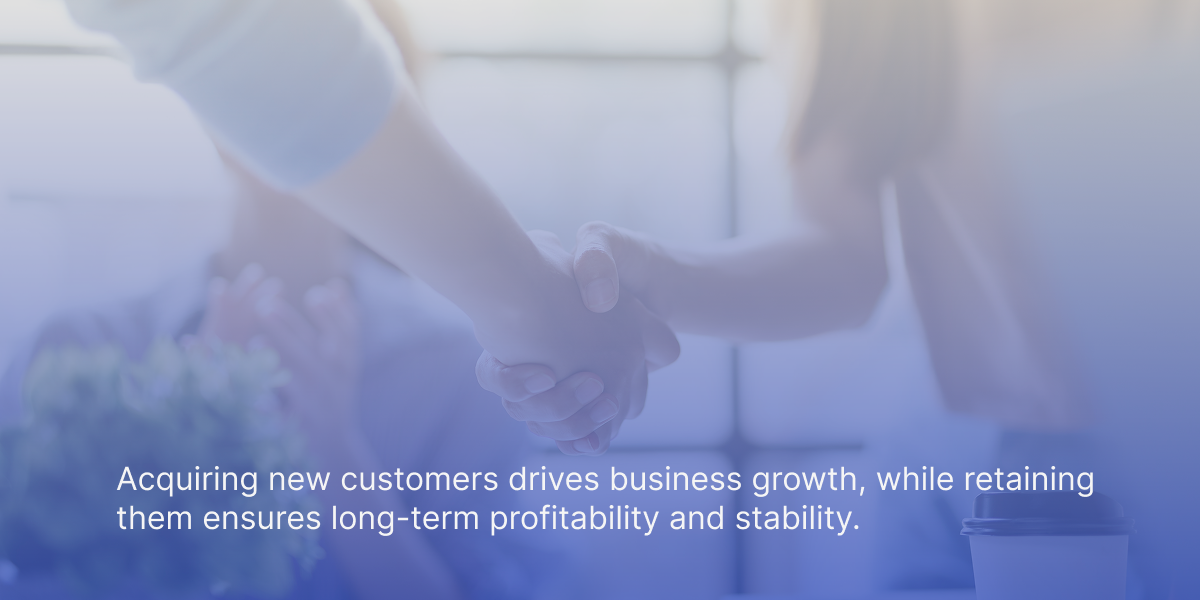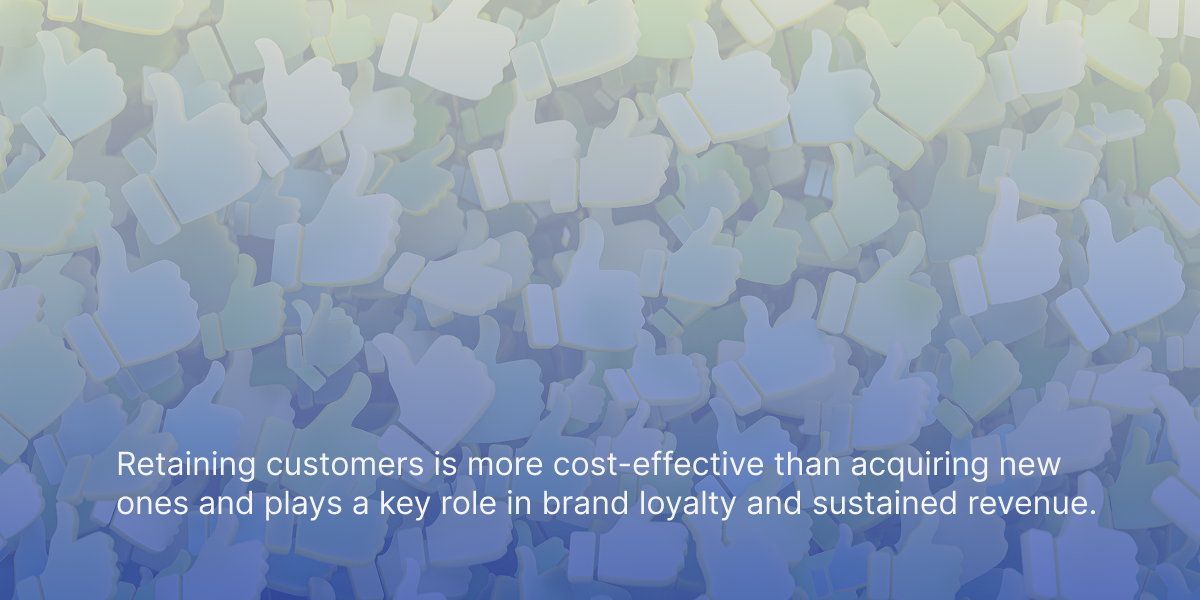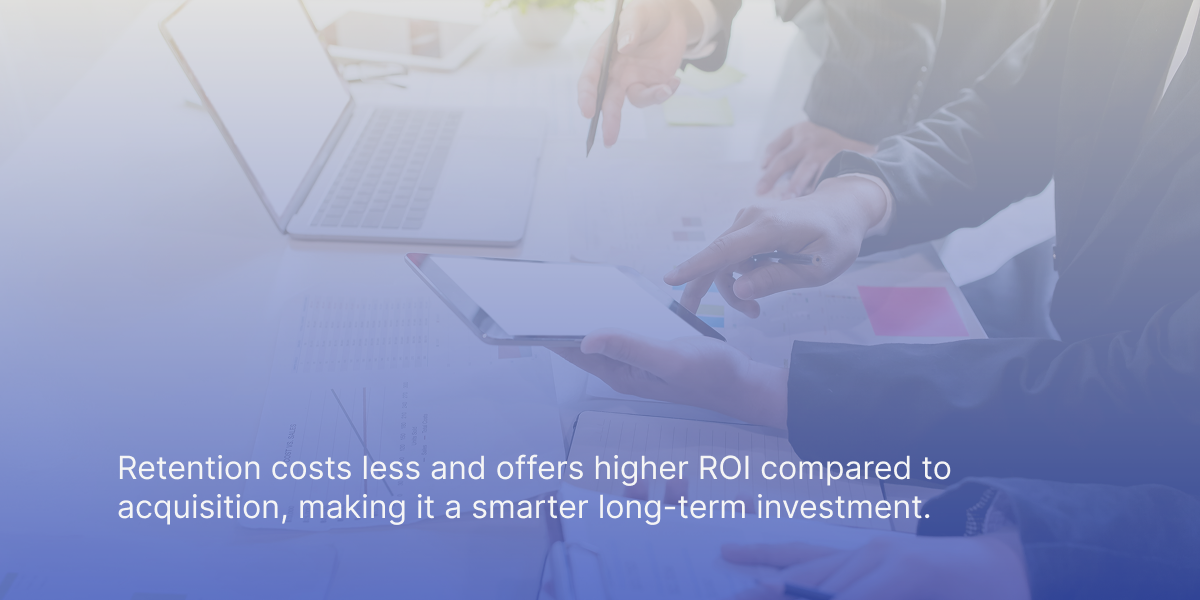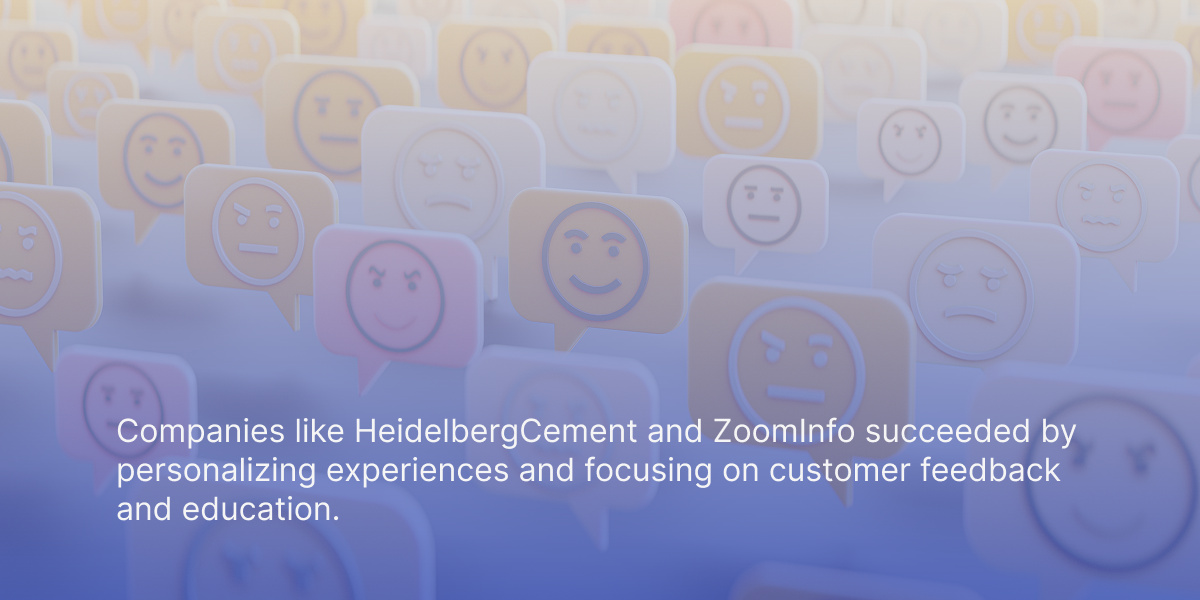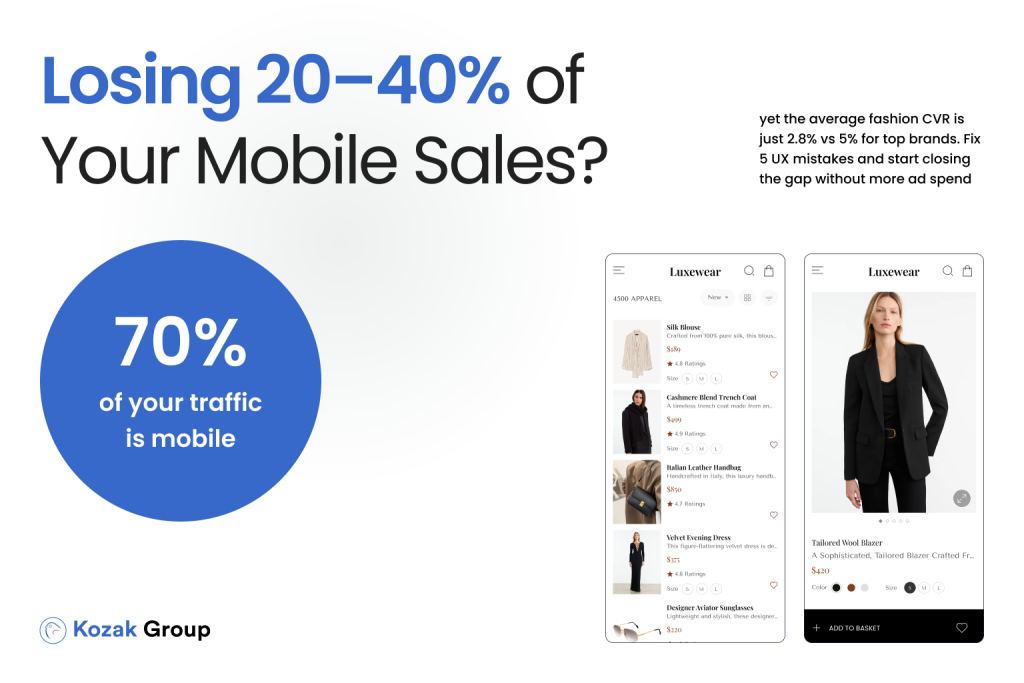Looking to grow your customer base while retaining current clients? Mastering client acquisition and retention is crucial for business success. This guide offers actionable strategies to help you achieve both.
Key Takeaways
- Balancing customer acquisition and retention is essential for sustainable business growth, with retention being more cost-effective than acquisition.
- Customer Acquisition Cost (CAC) is a crucial metric for evaluating marketing effectiveness, helping businesses allocate resources efficiently.
- Implementing personalized marketing and loyalty programs can significantly enhance customer retention, ultimately improving profitability and brand loyalty.
Understanding Client Acquisition and Retention
Customer acquisition is the lifeblood that pumps new energy into your business. It establishes and expands your customer base, thereby generating increased revenue and profit. Focusing on customer acquisition can enhance a business’s competitive position, particularly when market share is low. Acquisition strategies often employ persuasive marketing tactics to attract new customers and acquire customers, driving both customer acquisition and business growth. When considering customer acquisition vs retention, both customer acquisition relies and retention play crucial roles in a successful business strategy.
On the other hand, customer retention focuses on keeping existing customers engaged and coming back. This is essential for sustainable business growth, as retaining existing customers is typically more cost-effective than acquiring new ones. Retention strategies prioritize delivering exceptional customer experiences to ensure customer satisfaction and loyalty.
Balancing both acquisition and retention efforts ensures a business remains competitive and enhances growth. Targeted acquisition and retention strategies enable businesses to achieve long-term success. This balance is crucial for maintaining a healthy customer base and driving continuous revenue growth, particularly in terms of acquisition and customer retention. A solid retention strategy is essential for achieving these goals.
Key Metrics for Measuring Client Acquisition Costs
Understanding the cost of acquiring a new customer is fundamental to evaluating the effectiveness of your marketing strategies. Customer Acquisition Cost (CAC) represents the total cost spent on acquiring a new customer. This includes:
- Marketing
- Promotions
- Labor
- Advertising expenses Calculating CAC allows businesses to evaluate the financial investment required to attract new clients and measure the return on those investments.
Tracking CAC is vital for assessing the effectiveness of marketing strategies and overall business growth. It provides insights into how much it costs to convert potential customers into paying clients and helps businesses allocate their marketing budgets more effectively.
In the following subsections, we will delve deeper into calculating CAC and understanding industry variations in CAC.
Calculating Customer Acquisition Cost (CAC)
Customer Acquisition Cost (CAC) refers to the cost to convert someone into a paying customer. This comprehensive metric includes various components such as marketing, promotions, labor, and advertising expenses. To calculate CAC, divide the total acquisition costs by the number of new customers acquired during a specific period. This calculation provides a clear picture of the financial investment required to attract new clients.
Tracking CAC helps businesses evaluate the effectiveness of marketing strategies and make informed budget allocation decisions. A high CAC may indicate that marketing strategies need to be optimized, while a low CAC suggests efficient use of resources. Understanding and monitoring CAC is essential for maintaining a healthy balance between customer acquisition and retention efforts.
It’s important to remember that CAC is not a static metric; it can fluctuate based on various factors such as market conditions, competition, and changes in marketing tactics. Regularly reviewing and adjusting your CAC calculations can help you stay agile and responsive to market dynamics.
Industry Variations in CAC
Customer Acquisition Cost (CAC) can fluctuate greatly depending on the specific industry and market conditions. For instance, industries with high competition and market saturation may experience higher CAC due to increased marketing expenditures to stand out. Conversely, niche markets with less competition may have lower CAC.
Understanding CAC variation across industries is crucial for businesses to allocate resources effectively in client acquisition efforts. Recognizing these differences allows companies to tailor their strategies according to industry-specific challenges and opportunities.
This knowledge helps in optimizing the marketing budget and achieving better business gains on investment.
Essential Strategies for Client Acquisition
When a business’s market share is low, focusing on customer acquisition is paramount to improving its competitive position. Effective customer acquisition strategies and a solid business strategy can help businesses establish a foothold in new market segments and increase brand visibility, which is essential for market expansion and achieving high customer acquisition numbers. This is particularly important when launching a new product or entering a new market.
External campaigns that leverage various channels are essential marketing strategies for customer acquisition and effective marketing efforts. These campaigns should be tailored to attract potential customers and convert them into paying clients.
In the following subsections, we will explore two critical strategies for client acquisition: leveraging digital marketing channels and content marketing.
Leveraging Digital Marketing Channels
Digital marketing channels play a crucial role in attracting and converting potential clients. These channels include:
- Social media campaigns
- Email marketing
- Search engine optimization (SEO)
- And more
Leveraging these channels enables businesses to reach a broader audience and engage potential customers at different stages of the customer journey.
However, changing algorithms and policies on digital platforms require businesses to invest more for visibility and engagement. Adaptation of marketing strategies is necessary to maintain effective client acquisition in a dynamic digital landscape. Marketing and sales teams must work together to ensure that their efforts align with the latest trends and best practices.
In conclusion, effectively leveraging digital marketing channels can significantly enhance client acquisition efforts. By staying agile and responsive to changes in the digital landscape, businesses can maximize their reach and attract a steady stream of new customers.
Content Marketing for Client Acquisition
Content marketing plays a vital role in attracting potential customers and can be utilized across all stages of the customer acquisition process. By creating valuable and relevant content, businesses can engage potential customers and build trust. Effective content marketing strategies can convert potential customers into paying clients.
Content marketing includes a variety of tactics such as:
- Blog posts
- Videos
- Infographics
- Social media content
These tactics help in showcasing the brand’s expertise and addressing the needs and pain points of potential customers. Employing content marketing can significantly enhance client acquisition efforts.
Incorporating SEO into content marketing strategies is essential for improving visibility and attracting organic traffic. This approach not only helps in acquiring new customers but also contributes to long-term business growth by establishing a solid online presence.
The Importance of Client Retention
Customer retention enhances brand loyalty, leading to repeated purchases and reduced marketing expenses. High retention rates contribute directly to a company’s financial health and long-term sustainability. Retaining existing customers is more cost-effective than acquiring new ones, as it eliminates acquisition costs and generates more revenue through brand ambassadors.
Key activities involved in customer retention include exceptional service, loyalty programs, and feedback solicitation. Nurturing relationships with current customers and ensuring their satisfaction is essential for improving retention rates. These customer retention strategy not only enhance customer lifetime value (CLV) but also guarantee the long-term profitability of the business.
Focusing on customer retention is crucial for sustainable growth and profitability. Engaging and maintaining customers is imperative for ensuring long-term business growth, especially in subscription-based businesses where high retention rates are essential for maintaining recurring revenue streams, keeping existing customers happy, and to retain existing customers.
Effective Client Retention Strategies
Understanding customer needs and providing ongoing value can significantly reduce churn rates. Effective customer retention strategies focus on nurturing long-term relationships, understanding customer needs, and delivering consistent value. Personalized communication and loyalty programs are two key strategies that can enhance customer engagement and satisfaction.
Investing in personalized experiences and excellent customer service can significantly improve retention rates. In the following subsections, we will explore personalized marketing and communication, as well as implementing loyalty programs as effective client retention strategies.
Personalized Marketing and Communication
Personalized marketing is crucial for businesses as it significantly enhances customer satisfaction and builds loyalty. Recent trends have shown increased customer acquisition costs due to privacy measures on digital platforms, making personalized marketing even more essential. Tailoring marketing messages to individual customer preferences helps create more meaningful connections.
As acquisition costs rise, adopting personalized marketing strategies becomes essential for businesses to maintain effective connections with their customers. This approach not only aids in acquiring clients but also plays a fundamental role in ensuring their long-term loyalty and satisfaction.
Ultimately, personalized marketing helps businesses stay connected with their customer base, leading to higher retention rates and a stronger brand presence.
Implementing Loyalty Programs
Customer loyalty programs are a common retention tactic for rewarding repeat customers. These programs can include:
- Points systems
- Discounts
- Exclusive offers
- And more Customers in loyalty programs have a 60% increase in chances of making repeat purchases, highlighting the effectiveness of these programs in enhancing customer retention.
Implementing loyalty programs keeps existing customers engaged and encourages repeat business among loyal customers. This approach not only boosts customer satisfaction but also contributes to a higher customer lifetime value, ensuring long-term profitability.
Comparing Acquisition and Retention Costs
Acquisition strategies are typically more costly, averaging five times the expense compared to retention efforts. Recent research indicates that customer acquisition costs have risen by 222%, making it even more crucial for businesses to focus on retention. Investing in retaining current customers is often more cost-effective than acquiring new ones, and developing a solid acquisition strategy is essential for long-term success.
Retention has a higher return on investment, as shown by the following points:
- Existing customers have a 60-70% chance of making repeat purchases.
- New customers have only a 5-20% chance of making repeat purchases.
- The cost of acquiring a new customer can be significantly higher, ranging from 5 to 25 times more than the expense of retaining an existing customer. To calculate customer retention costs, businesses must consider these customer retention costs.
These statistics highlight the significant investment cost savings and benefits of focusing on retention efforts.
Balancing acquisition and retention costs is important to attract new consumers while building loyalty at a lower overall cost. Understanding and cost comparison of these costs allows businesses to make informed decisions that drive long-term growth.
Balancing Acquisition and Retention Efforts
To ensure sustainable growth, businesses must achieve a balance between acquisition and retention. Factors influencing companies focus on customer acquisition or retention include:
- Current growth path
- Specific goals
- Customer churn rate
- Market share
During peak shopping seasons, businesses should focus more on existing customers rather than potential customers to maximize loyalty and customer’s lifetime value than existing ones.
Understanding and tracking ROI for customer acquisition and retention can help indicate market changes or business issues. Balancing these efforts enables businesses to attract new consumers while building loyalty at a lower overall cost.
Case Studies: Successful Client Acquisition and Retention
HeidelbergCement has implemented a strategic experience program that adapts to local challenges, leading to over a 70% response rate to customer feedback surveys. This approach highlights the importance of understanding customer needs and tailoring strategies accordingly.
ZoomInfo’s impressive retention rate of 98.5% results from tailored educational offerings that align with key customer interaction points throughout their engagement. This case study illustrates the effectiveness of personalized communication and customer-centric strategies in achieving high retention rates.
Balancing client acquisition and retention strategies is crucial for sustained business success. The successful strategies showcased by HeidelbergCement and ZoomInfo illustrate the potential costs of client acquisition and the benefits of focusing on retention.
Summary
In conclusion, the balance between client acquisition and retention is essential for long-term business success. While customer acquisition brings new energy and revenue into a business, retention ensures that this energy is sustained and that customers remain loyal. By understanding and implementing effective strategies for both acquisition and retention, businesses can achieve sustainable growth and profitability.
Remember, investing in personalized marketing, leveraging digital channels, and implementing loyalty programs are just a few ways to enhance both acquisition and retention efforts. Strive to maintain a balance, and you’ll see your business thrive. Keep your customers engaged, and they will keep coming back, driving your business towards greater heights.
Frequently Asked Questions
What is Customer Acquisition Cost (CAC)?
Customer Acquisition Cost (CAC) is the total expenditure incurred to acquire a new customer, encompassing costs related to marketing, promotions, labor, and advertising. Understanding CAC is crucial for managing your business’s financial health and growth strategy.
Why is customer retention important?
Customer retention is crucial as it fosters brand loyalty, lowers marketing costs, and significantly impacts a company’s financial stability and long-term success.
How can businesses balance acquisition and retention efforts?
To effectively balance acquisition and retention efforts, businesses should monitor ROI and align strategies with specific goals, adjusting their approach based on market conditions. This ensures a well-rounded focus that meets both new customer attraction and existing customer loyalty.
What are some effective client retention strategies?
To enhance client retention, focus on personalized marketing, establish loyalty programs, and ensure exceptional customer service. These strategies foster strong relationships and keep clients engaged.
How do loyalty programs enhance customer retention?
Loyalty programs significantly enhance customer retention by rewarding repeat purchases, which can increase purchase likelihood by 60%, thereby boosting customer lifetime value and long-term profitability.

